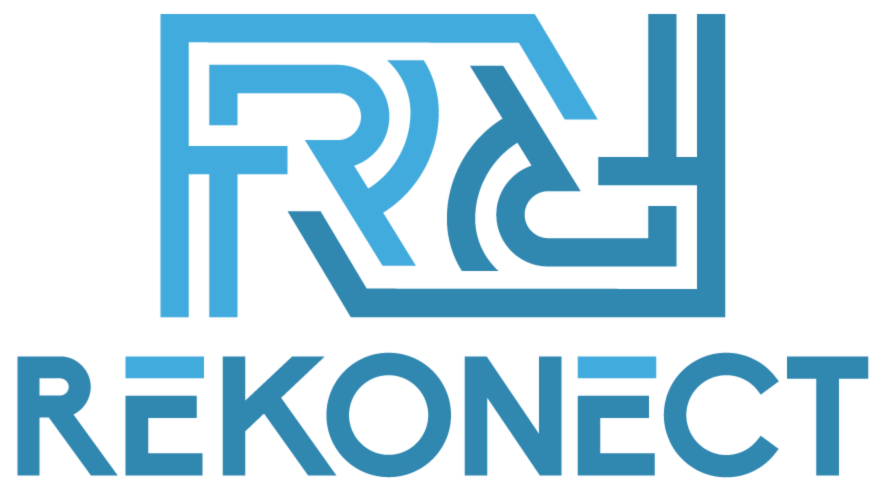For nonprofits, making a difference is at the heart of everything. But how do you actually know if you’re making that difference? That’s where nonprofit impact measurement comes in.
As this Forbes article will tell you, understanding your nonprofit impact isn’t just about numbers—it’s about clarity. When you can clearly show how your work changes lives or improves communities, you build trust with donors, inspire your team, and sharpen your strategy. Whether you’re applying for grants, reporting to a board, or simply reflecting on your progress, being able to point to real results matters.
That said, many nonprofits—especially smaller or newer ones—struggle with measuring impact effectively. Some don’t know where to start. Others collect data, but aren’t sure what to do with it. And sometimes, the pressure to “prove success” can feel overwhelming, especially when outcomes are complex or take time to unfold.
This guide is here to help. We’ll walk through practical steps to make impact measurement feel less intimidating and more doable, even if you’re just starting out. From setting clear goals to collecting data and sharing results, you’ll learn a straightforward approach that can grow with your organization.
Let’s start with the foundation: defining your goals.
Step 1: Define Your Goals
Before you can measure impact, you need to know what you’re trying to achieve. This might sound obvious, but many organizations skip this step or keep their goals too broad. “Help the community” or “improve education” are good intentions—but they’re not easy to measure.
Instead, aim for goals that are clear, focused, and actionable. A widely used method to shape effective goals is the SMART framework. This stands for:
- Specific – What exactly are you trying to accomplish?
- Measurable – How will you know when you’ve succeeded?
- Achievable – Is this realistic with your current resources and capacity?
- Relevant – Does this align with your mission?
- Time-bound – When do you expect to reach this goal?
Let’s say your nonprofit runs a food distribution program. A SMART goal might look like:
“Distribute 500 meal kits to low-income families in Brooklyn over the next 3 months.”
This is much easier to track and evaluate than just saying, “fight hunger.”
Clear goals like these give you direction and make it easier to collect meaningful data later. They also help your team stay aligned and give funders a clearer picture of what their support helps accomplish.
Once your goals are defined, the next step is figuring out how to measure progress toward them—through the right metrics.
Step 2: Identify Key Metrics for Nonprofit Impact
Once your goals are clear, the next step is choosing the right metrics to measure your progress. These are the numbers and narratives that tell the story of your impact.
There are two main types of metrics to focus on:
1. Quantitative Metrics
These are data points you can count or measure. They help show scale, reach, and outcomes in a concrete way. Depending on your goals, examples might include:
- Number of people served
- Meals distributed
- Workshops held
- Attendance rates
- Volunteer hours
- Survey scores
For example, if your goal is to distribute 500 meal kits, then “number of meal kits delivered” is a key metric. It’s straightforward and directly tied to your goal.
2. Qualitative Metrics of Nonprofit Impact
Not everything that matters can be counted. That’s where qualitative data comes in—stories, feedback, or observations that add context to the numbers.
Examples include:
- Testimonials from program participants
- Case studies highlighting individual impact
- Staff or volunteer reflections
- Open-ended responses from surveys
These insights help you understand the human side of your work. They’re especially useful when your impact is complex or long-term—like improving mental health or building community trust.
Combining both types of metrics gives a fuller picture. The numbers show how much you did; the stories show why it mattered.
Up next: how to start collecting this data in a consistent, reliable way.
Step 3: Collect Data
Once you’ve chosen your key metrics, it’s time to start collecting the actual data. This step is where planning turns into action.
The way you collect data depends on what you’re trying to measure—but no matter the method, the most important thing is consistency. If your process is scattered or irregular, the data will be harder to trust or use.
Here are some basic tools and techniques to get started:
Basic Collection Methods
- Spreadsheets – For many small nonprofits, a well-organized spreadsheet is enough to track attendance, distribution numbers, or volunteer hours.
- Surveys – Simple tools like Google Forms or SurveyMonkey can collect feedback from program participants or volunteers. You can use open-ended questions for stories or multiple-choice for measurable responses.
- Observation Logs – For programs involving education, counseling, or community events, staff can keep informal notes or logs that capture outcomes not easily measured.
- Manual Tracking Forms – If your work happens offline (like distributing supplies), printed tracking sheets can be used and later entered digitally.
Data Collection Tips
- Stick to your goals – Only collect data you actually need. Extra information might seem helpful, but it can make analysis harder later.
- Make it routine – Set up a schedule for collecting and reviewing data. That might be weekly, monthly, or after each program session.
- Train your team – Make sure everyone involved in data collection understands what to record and how.
Data collection doesn’t have to be complex. Start small, stay consistent, and build systems you can maintain over time.
Once you’ve collected your data, the next step is figuring out what it all means—and how to share it.
Step 4: Analyze and Share Results
Now that you’ve gathered your data, the next step is to make sense of it—and share what you’ve learned. This is where raw numbers and personal stories turn into real insight.
Analyze the Data
Start by comparing the results to the goals you set in Step 1. Ask questions like:
- Did we meet our target?
- What changed as a result of our program?
- What patterns or surprises do we see?
For example, if your goal was to serve 500 families and you reached 480, that’s still valuable—especially if the feedback from participants shows high satisfaction or unexpected benefits. Don’t just look at totals; dig into trends, challenges, and outliers.
Share the Findings
Once you’ve analyzed your data, it’s time to share it with the people who matter—donors, board members, staff, volunteers, and your community.
Use a mix of formats to keep things engaging:
- Reports – Keep them short, clear, and focused on the most important takeaways.
- Charts and Infographics – Visuals make your impact easier to understand at a glance.
- Stories and Quotes – Personal testimonials give your numbers heart and meaning.
- Presentations – Use slides to explain both data and strategy in stakeholder meetings.
The goal isn’t just to say, “Look what we did,” but to help others understand why it matters. Transparency also builds trust and shows that you’re committed to learning and improving.
Conclusion
Measuring your nonprofit impact isn’t just a nice-to-have—it’s essential. It shows your work is making a real difference, helps you make smarter decisions, and builds trust with the people who support your mission.
Even if you’re a small team or just starting out, you don’t need expensive software or a dedicated analyst to begin tracking your results. By setting clear goals, choosing the right metrics, collecting consistent data, and sharing your findings thoughtfully, you can tell a powerful story about your work—one that motivates donors, engages your community, and guides your next steps.
And if you’re not sure where to start, or you want expert help setting up a strong foundation, services like Rekonect’s Nonprofit Startup are designed to support you from the beginning.
Remember: impact isn’t just what you do—it’s what changes because you did it. Measuring that change is how you grow.
Ready to learn more about growing and measuring your nonprofit’s impact? Contact Rekonect today.

